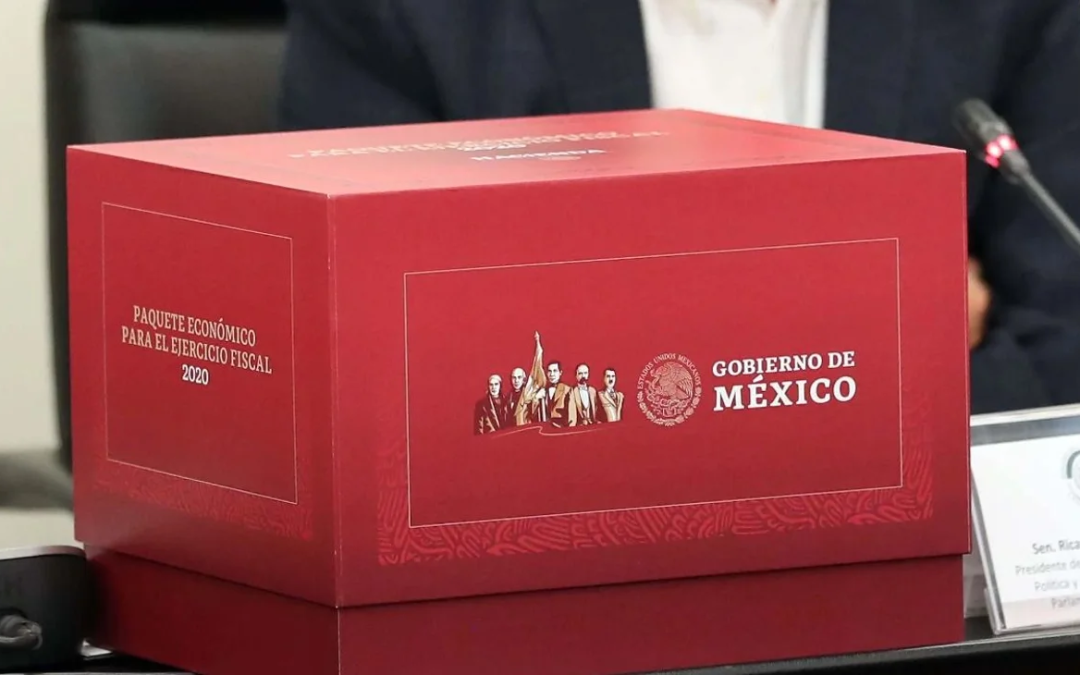The Financial Reporting Standard NIF C-9 establishes the guidelines for the recognition, valuation, presentation and disclosure of provisions, contingent liabilities, contingent assets and commitments in the financial statements.
Its purpose is to ensure that entities adequately recognize the obligations and risks that may affect their financial situation, as well as to provide clear and transparent information on contingencies and commitments that could influence the decision-making of users of financial information.
Key points of NIF C-9:
1. Provisions
They are recognized when there is a present obligation as a result of a past event, it is probable that an outflow of economic resources will be required to settle that obligation, and a reliable estimate of the amount can be made.
Examples: provisions for legal claims, restructuring, product warranties, etc.
2. Contingent liabilities:
They are possible obligations arising from past events whose existence depends on the occurrence or non-occurrence of uncertain future events not under the control of the entity.
These are not recognized in the financial statements, but must be disclosed in the notes if it is probable that an outflow of resources will occur.
3. Commitments:
Future commitments are recognized and disclosed when they are significant, especially if they may significantly affect the financial position or results of the entity.
Practical example of the application of C-9
A company that manufactures household appliances offers a one-year warranty on all the products it sells.
Based on past experience, the company knows that about 5% of the appliances sold need to be repaired or replaced under warranty, and that each repair costs about $500.
In 2023, the company sold 10,000 appliances. Since they expect about 500 (5% out of 10,000) to need repairs next year, the company must recognize a provision for that possible future expense.
To calculate the provision, they multiply the 500 products they estimate will require repair by the cost of $500 for each, giving a total of $250,000This amount is recorded as a liability in the financial statements because it is probable that it will have to be paid in the future.
Conclusions
The recognition of provisions, contingencies and commitments when necessary is essential for the correct preparation and presentation of financial statements and for appropriate decision-making.















0 comentarios